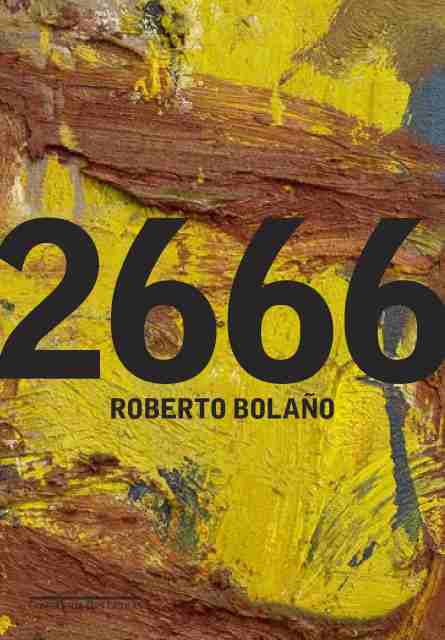by Sara Corona Goldstein
Huntsville, Arizona— Lucy Anne Sander lived here. (p. 406)
Mississippi — Lucy Anne Sander was born here. (p. 406)
Calle Verdejo, in Colonia Centro-Norte — the American consulate is here. (p. 407)
Diego Riveras School, in Colonia Lomas del Toro— Monica Duran Reyes was kidnapped from here. Rebecca Fernandez de Hoyos is found in this Colonia, also. (p. 412)
Oaxaca — Rebecca Fernandez de Hoyos is from here. (p. 412)
Internal Affairs on Avenida Madero-Norte — a whorehouse where Harry Magaña befriends Demetrio Ãguila. (p. 415)
Calle Luciarnaga in Colonia Ruben Dario — Ãguila has a house here, where he lets Magaña stay. (p. 415)
Churcarit — Magaña discovers a love letter written to Miguel Montes by a girl from here. Magaña and Ãguilar agree that this is Montes’ hometown. (p. 422)
Calle Alondra, in Colonia Podesta — in November 1994 a woman’s body is found here in on the second floor of a building under construction. (p. 424)
Profesor Emilio Cervantes, in Colonia Lomas del Toro – Silvana Pérez Arjona attended school here until she had to drop out. (p. 426)
Nácori Grande — Florita Almada (La Santa) was born here. (p. 429)
Villa Pesqueria — Florita Almada and her family move here. She marries a livestock dealer. (p. 429)
Hermosillo — Reinaldo’s TV show, on which Florita Almada appears, has its station here. (p. 434)
Guaymas — the ventriloquist on Reinaldo’s TV show is from here. (p. 434)
Churcarit — Harry Magaña travels here, meets MarÃa del Mar Enciso Montes, and visits Miguel Montes’ house. (p. 437)
Tijuana — Magana travels here, calls his friend from the LAPD, and meets Raul Ramirez Cerezo and Chucho. (p. 440)
Calle Santa Catarina, in Colonia Carranza — Magaña goes to Elsa Fuentes’ house here. (p. 445)
Toconilco, Durango — Elsa Fuentes’ mother lives here. (p. 447)
Calle Portal de San Pablo — Magaña goes here, to Francisco’s house. (p. 448)
Querétaro — Paula Garcia Zapatero is from here. (p. 454)
Sage, California — Abe (Conan) Mitchell, the American consul, spends time in his cabin here. (p. 455)
Escondido, California— Mitchell’s wife stays here with her sister while he is in Sage. (p. 455)
Michoacan — Monica Posades and her family are from here. (p. 461)
Vasconelos Preparatory School, in Colonia Reforma — Marisa Hernández Silva attended school here. (p. 463)

